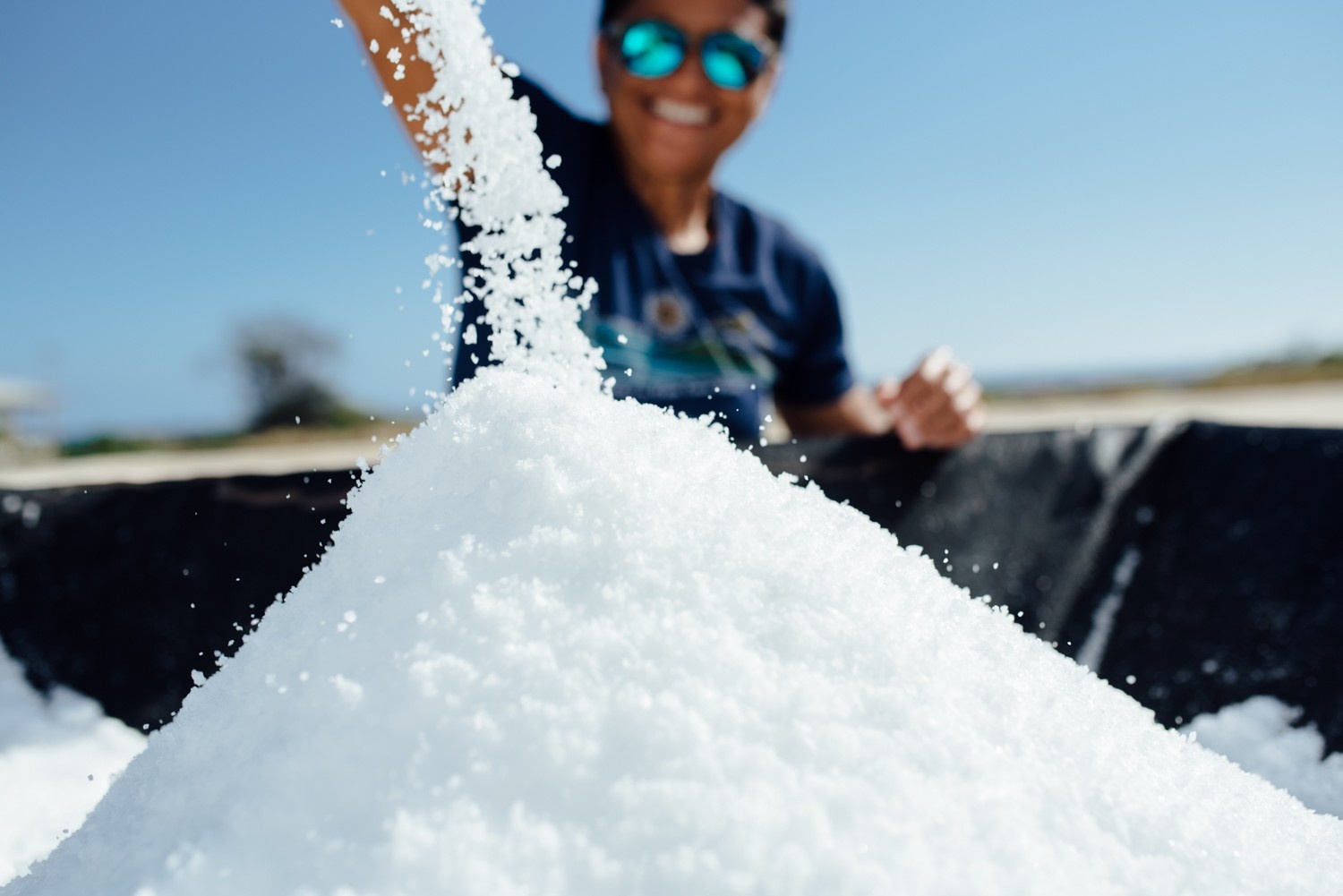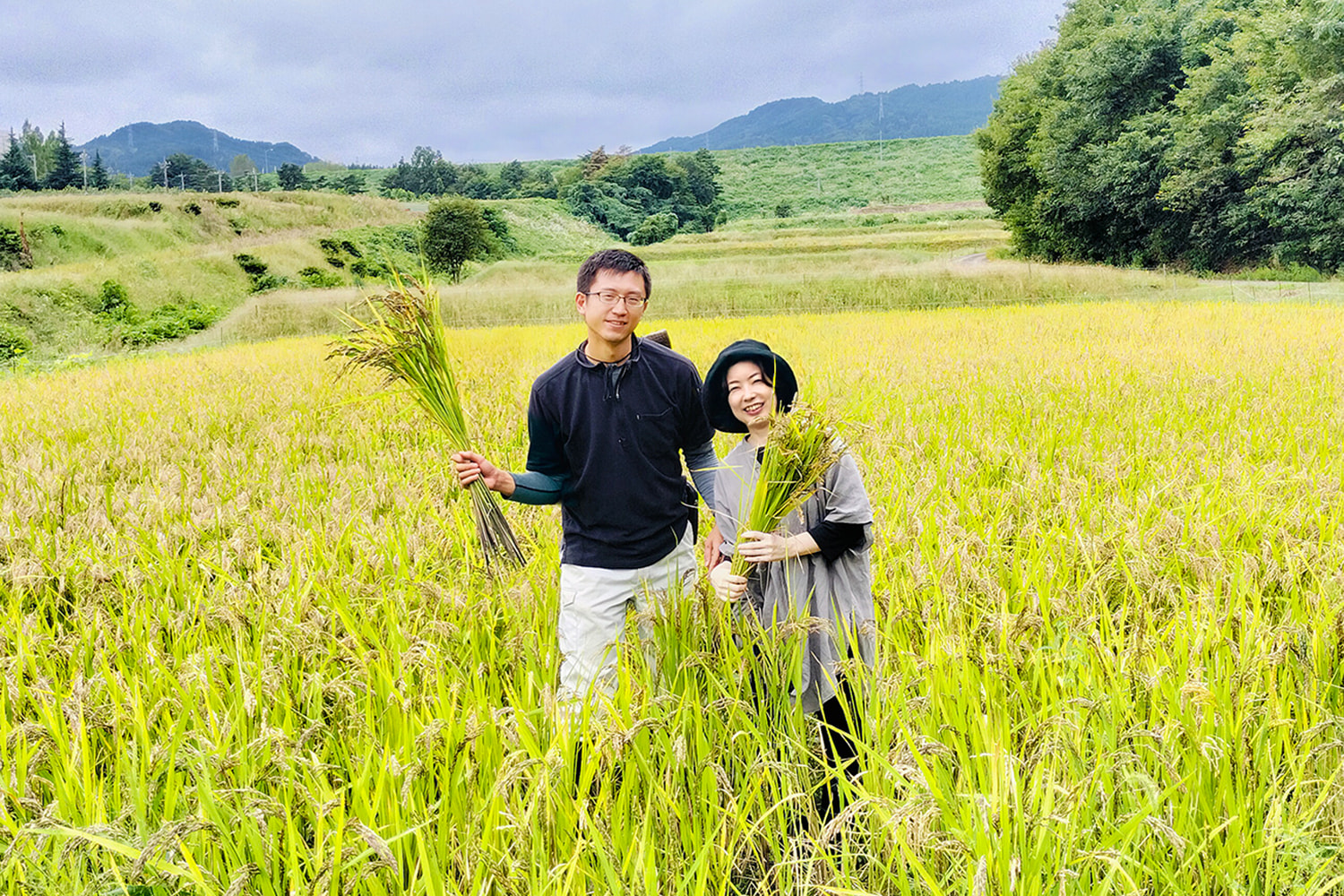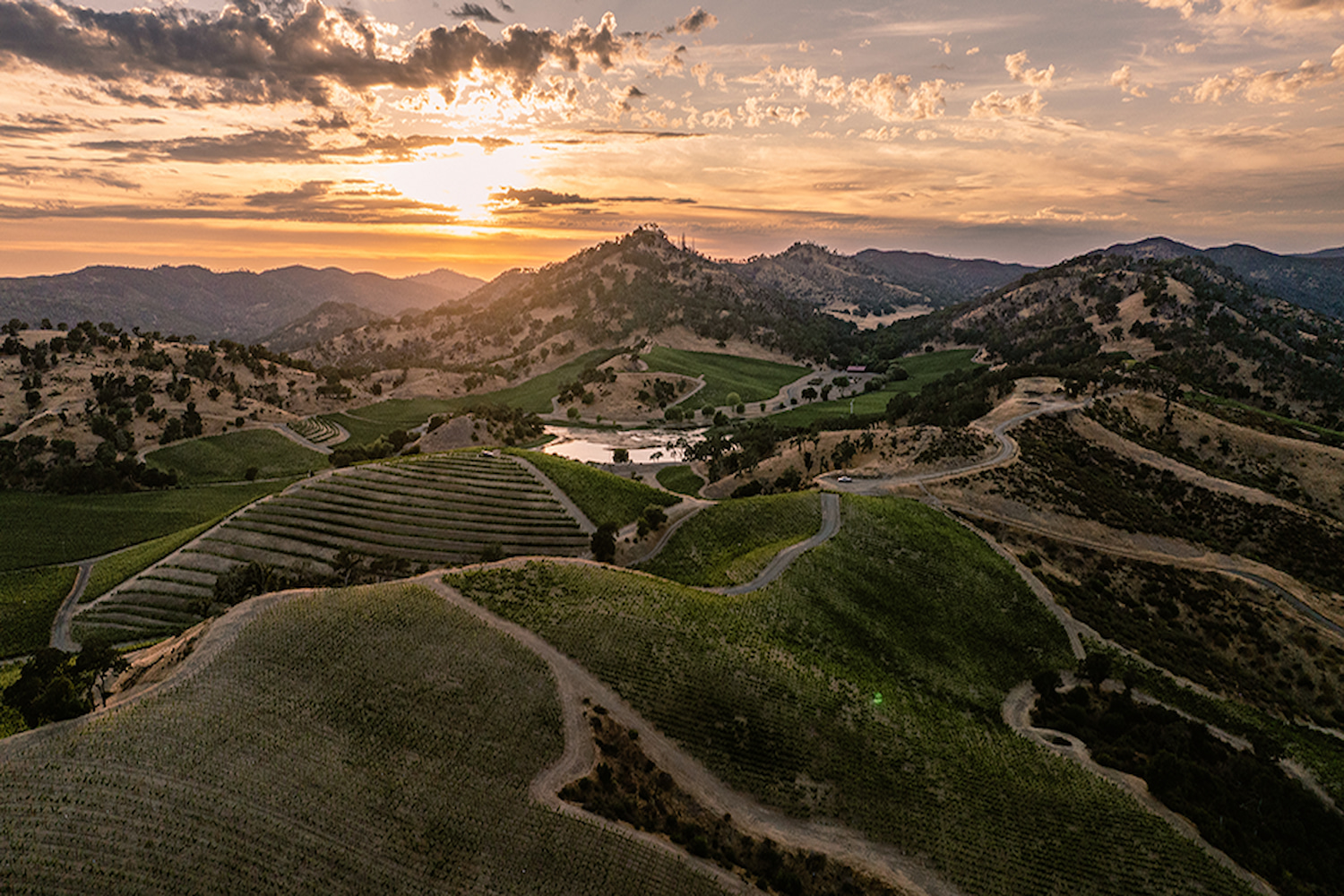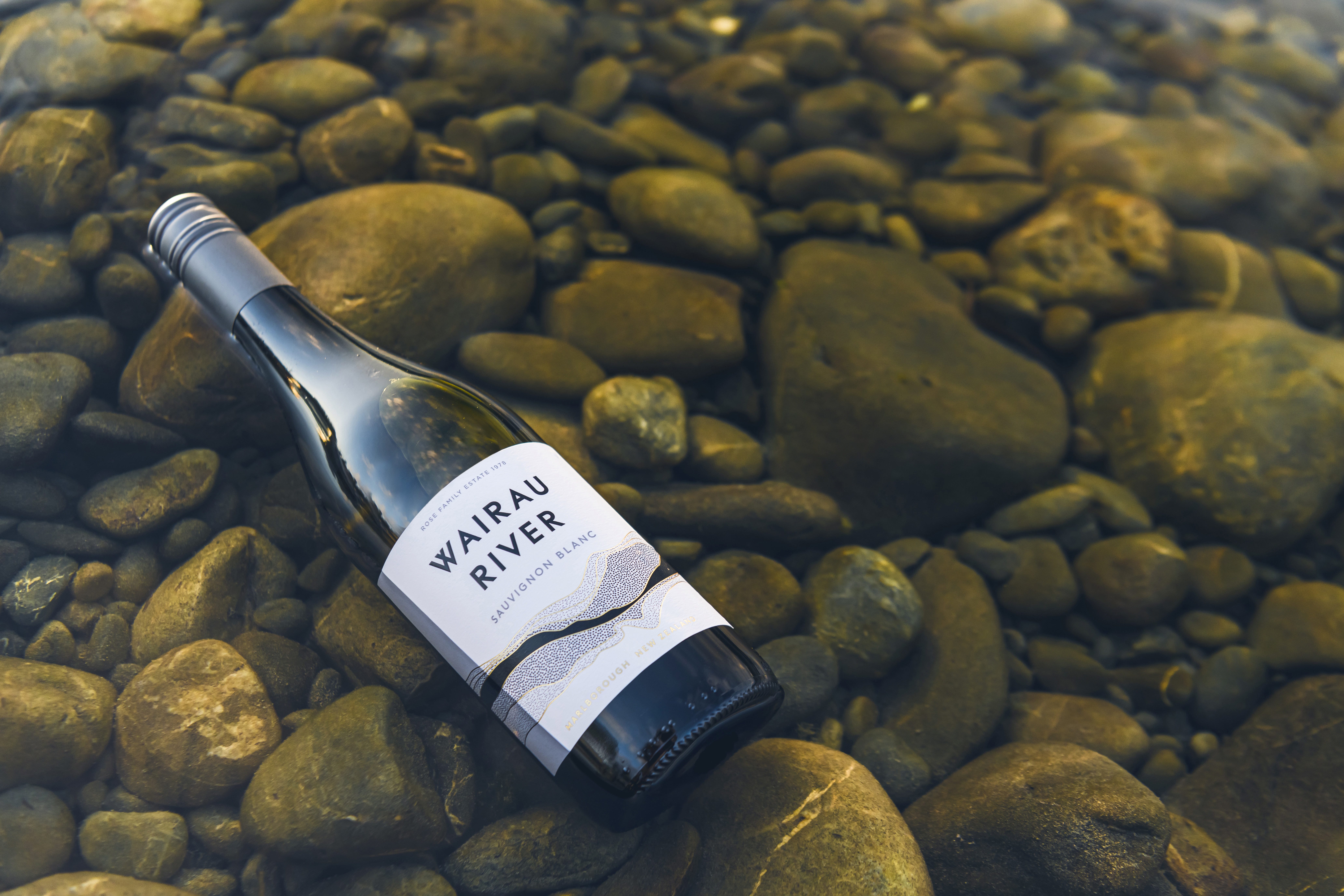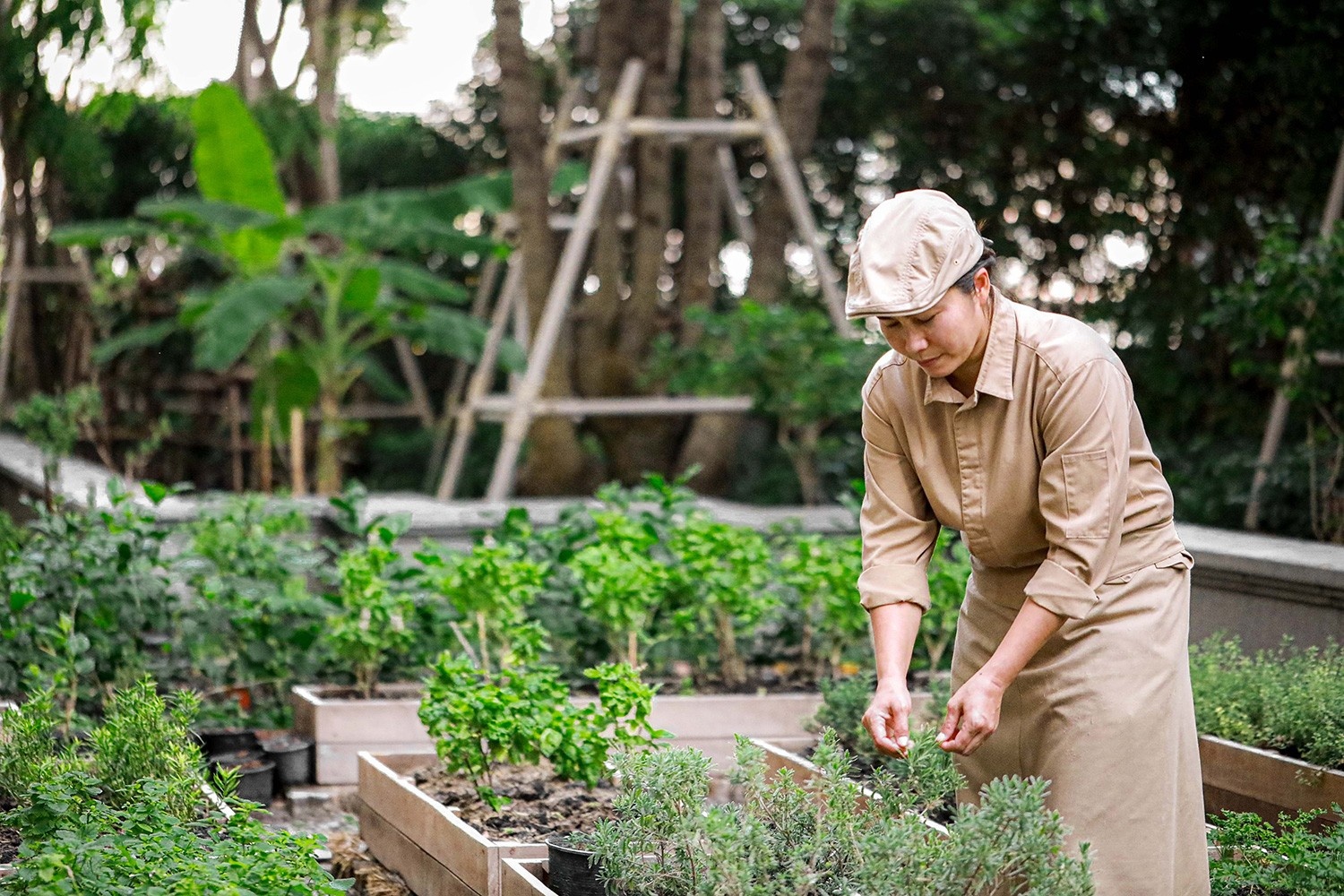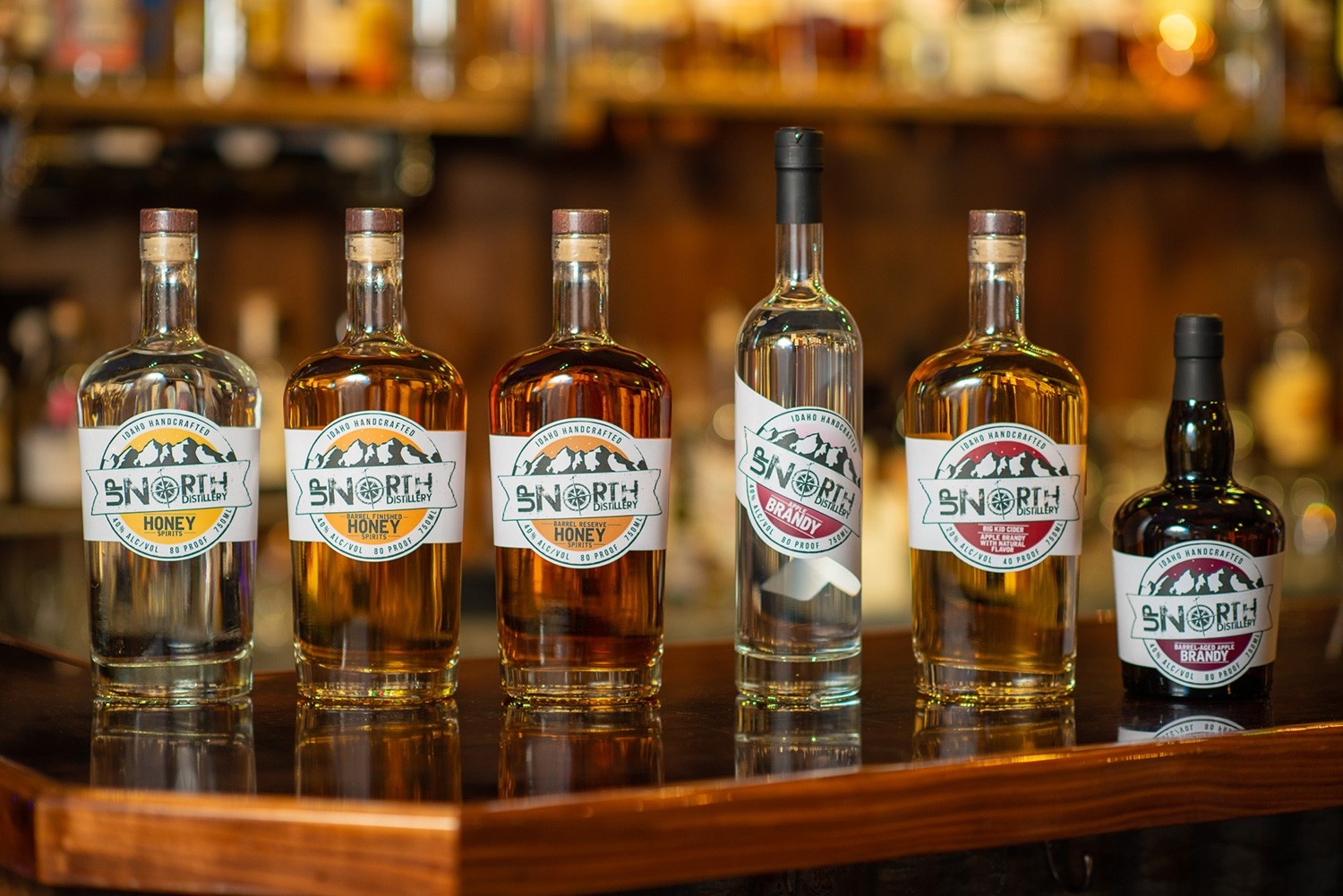North Stars:

Gender Equality

Wildlife Ecosystems

Heritage Value
“Living on an island teaches you to use your resources with care. We are part of a community rooted in ocean stewardship and innovation.”
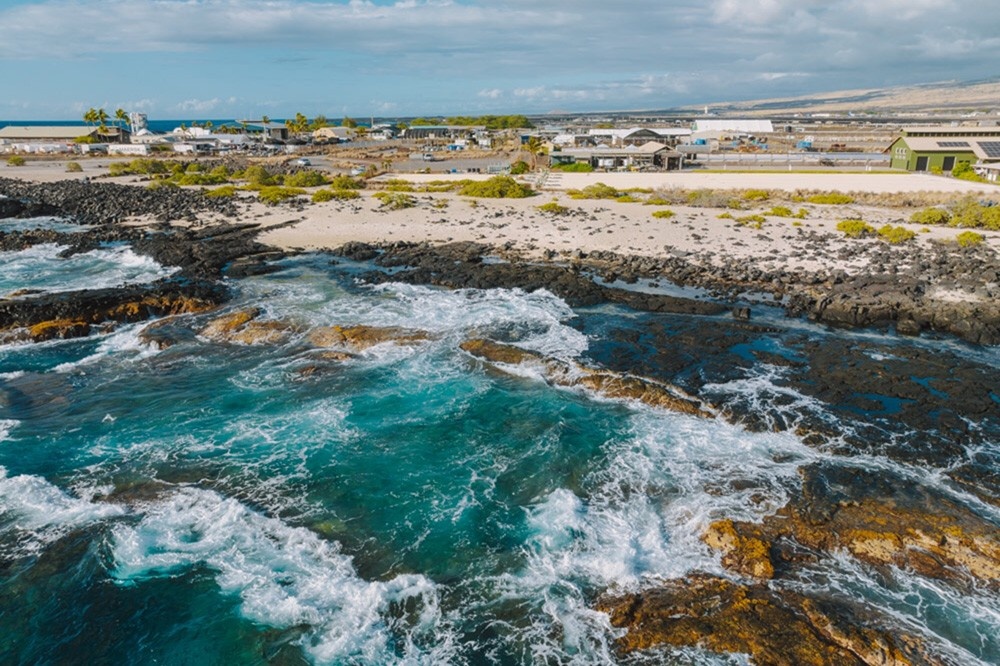
The Azure Road Take
Kona Keahole Point, the westernmost point of the Island of Hawai’i, is almost impossibly beautiful with its white sand, black lava formations, and iridescent waves. But it’s what lies deep below the surface that is the real star.
Over 2,000 feet down, one finds pristine, untouched ocean water, which has flowed here from Greenland over the course of hundreds of years. It’s from these untouched depths that Kona Sea Salt sources the seawater for its sea salt; in fact, it’s the only place in the world making deep-ocean sea salt.
While most sea salts are harvested from closer to the surface, with more contaminants and microplastics and less nutritional value, Kona’s deep sea salt is pure and mineral-rich, with about 1/3 less sodium than traditional table salt. It makes for the ideal souvenir and a fantastic way to bring an authentic taste of Hawai’i to your home.
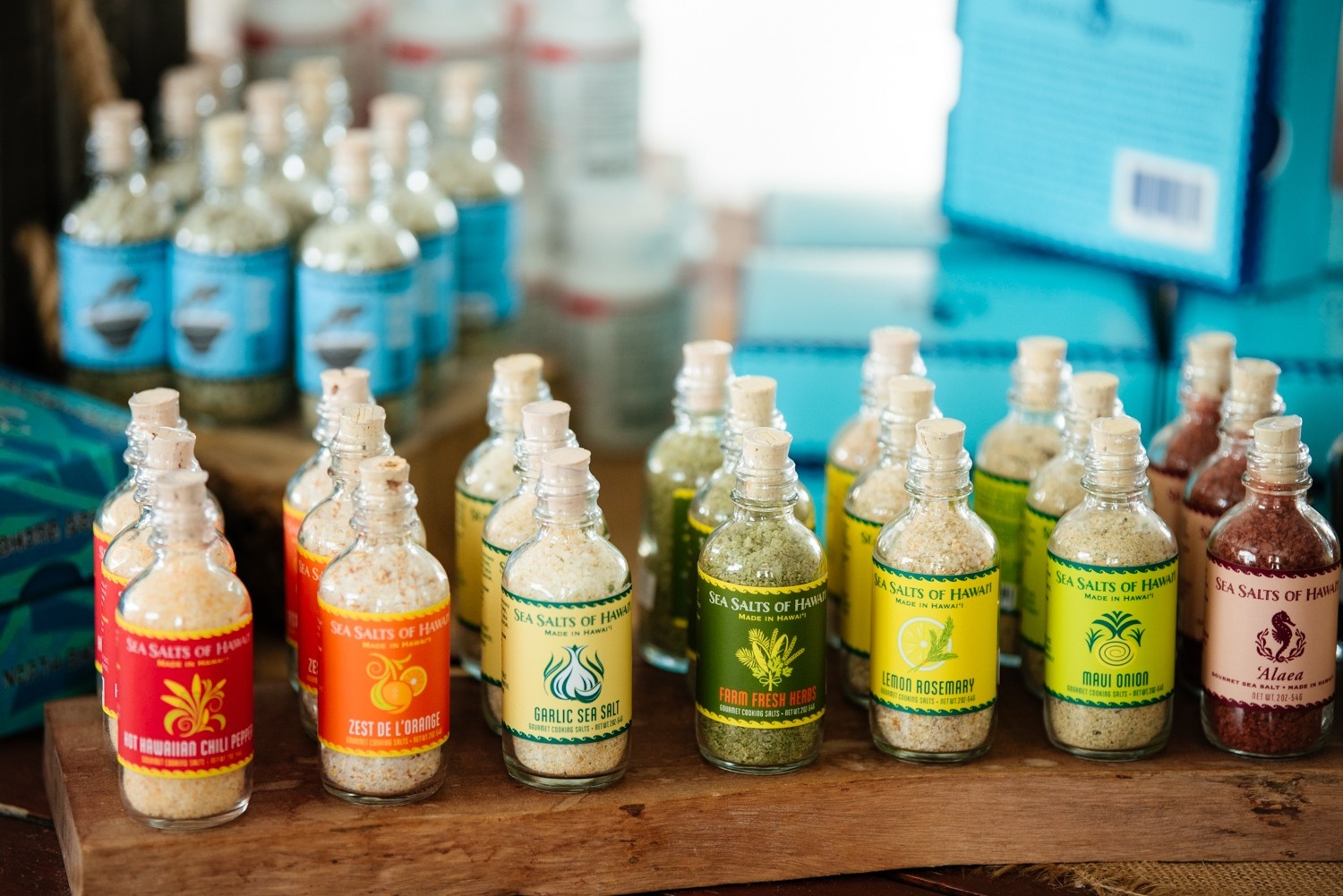
Flavored sea salts. Courtesy of Kona Sea Salt.
Sustainability Chops
Basically, everything Kona Sea Salt does serves the planet in some way. This effort derives, in part, from necessity. “Living on an island teaches you to use your resources with care,” Sandra Gibson, founder of Sea Salts of Hawaii who acquired Kona Sea Salt in mid-2020, told me. “We are part of a community rooted in ocean stewardship and innovation, and we take that responsibility seriously.”
All guests on tours of the salt farm come away learning not just about the salt production, but the sustainability initiatives in place and the importance of and how to help care for the island and the marine ecosystem.
Those initiatives include avoiding use of single-use plastic, or single-use anything, as much as possible and using plastic-free packaging for their products, which can be reused or recycled. They get much of their power from their on-site solar panels, and solar evaporation makes the salt. And 1% of the revenue from this mostly woman-run company goes to the Papahānaumokuākea Marine Debris Project (PMDP). A local nonprofit, PMDP works to clear marine debris from Hawaii’s oldest islands in the northwest, helping to preserve cultural sites.
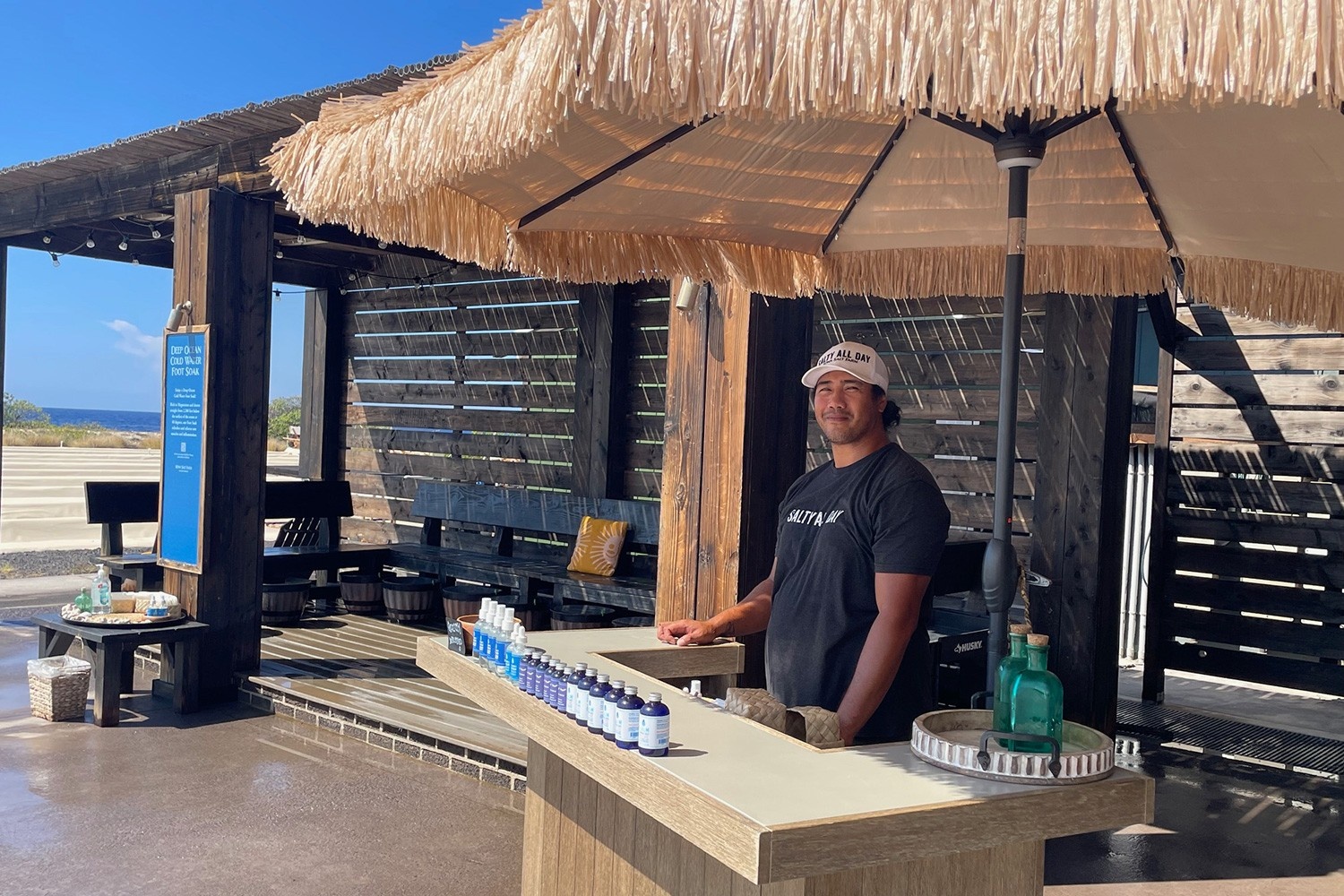
Cabanas for the ocean water soak. Courtesy of Kona Sea Salt.
The Bite
“Our salt is best used as a finishing salt — added after cooking to let its natural texture and flavor truly shine,” Gibson explained. “Salt doesn’t just make food salty — it brings out flavor, depth, balance, and complexity.” You can get their salt in 3.5-ounce tins and bottles up to 1-pound bags.
I was able to visit the farm on my last trip to Hawaii, and along with the pure sea salt, they have a tasty selection of flavored salts that you can mix and match in sets of three. After trying pretty much every salt in the place, I discovered that my favorites are Maui onion (which I like to put on eggs and potatoes) and Sunset Beach BBQ (the smoky flavor is great on grilled chicken and avocado toast).
Gibson told me about another popular flavor. “One of our most unexpected favorites is the Spicy Seaweed Salt — made with locally grown seaweed from our Kona neighbor, dehydrated leeks and chili pepper flakes,” Gibson said. “It’s delicious on roasted corn, rice, raw fish, and more. One fine dining restaurant here in Hawai‘i even features it in their bread & butter service.”
Origin Story
Kona Sea Salt is a part of the Hawai‘i Ocean Science and Technology Park (HOST Park), an innovation hub dedicated to ocean sustainability. The farm uses technology and pipes that were originally first put in place for a now-defunct large scale ocean thermal energy conversion project. The water is solar evaporated, and it takes about five to eight weeks for the salt to make it from bottom-of-the-sea to bottle. The farm produces around 50,000 pounds of salt in a year.
The on-site farm store offers complimentary tastings of the salts, as well as guided farm tours and cabanas where you can have a refreshing foot soak in the cold deep ocean water. The salts are available for purchase online as well.
Salt also holds an important role in Hawaiian culture. Pa’akai, as sea salt is known in Hawaiian, “was used not just practically to flavor and preserve food, but also spiritually in ceremonies, for healing, purifying, and as offering,” Gibson said. “Gathering salt from the shoreline and salt harvesting was an act of patience and respect, passed down through generations. At Kona Sea Salt, we honor that tradition by harvesting with care and sharing the story of salt’s deeper meaning with every visitor.”

Kristin Conard is a freelance writer specializing in travel, lifestyle, and sustainability living and working in Colorado. She studied creative and critical writing for her master’s degree from the University of Sussex in Brighton, England. Her MA thesis focused on travel and American identity. She received her undergraduate degree in English literature from Kansas State University, with a study abroad year at the University of Brighton. She is the co-author of “Kansas Trail Guide: The Best Hiking, Biking, and Riding in the Sunflower State.” You can check out more of her work here.
North Stars: Gender Equality, Heritage Value, Wildlife Ecosystems


